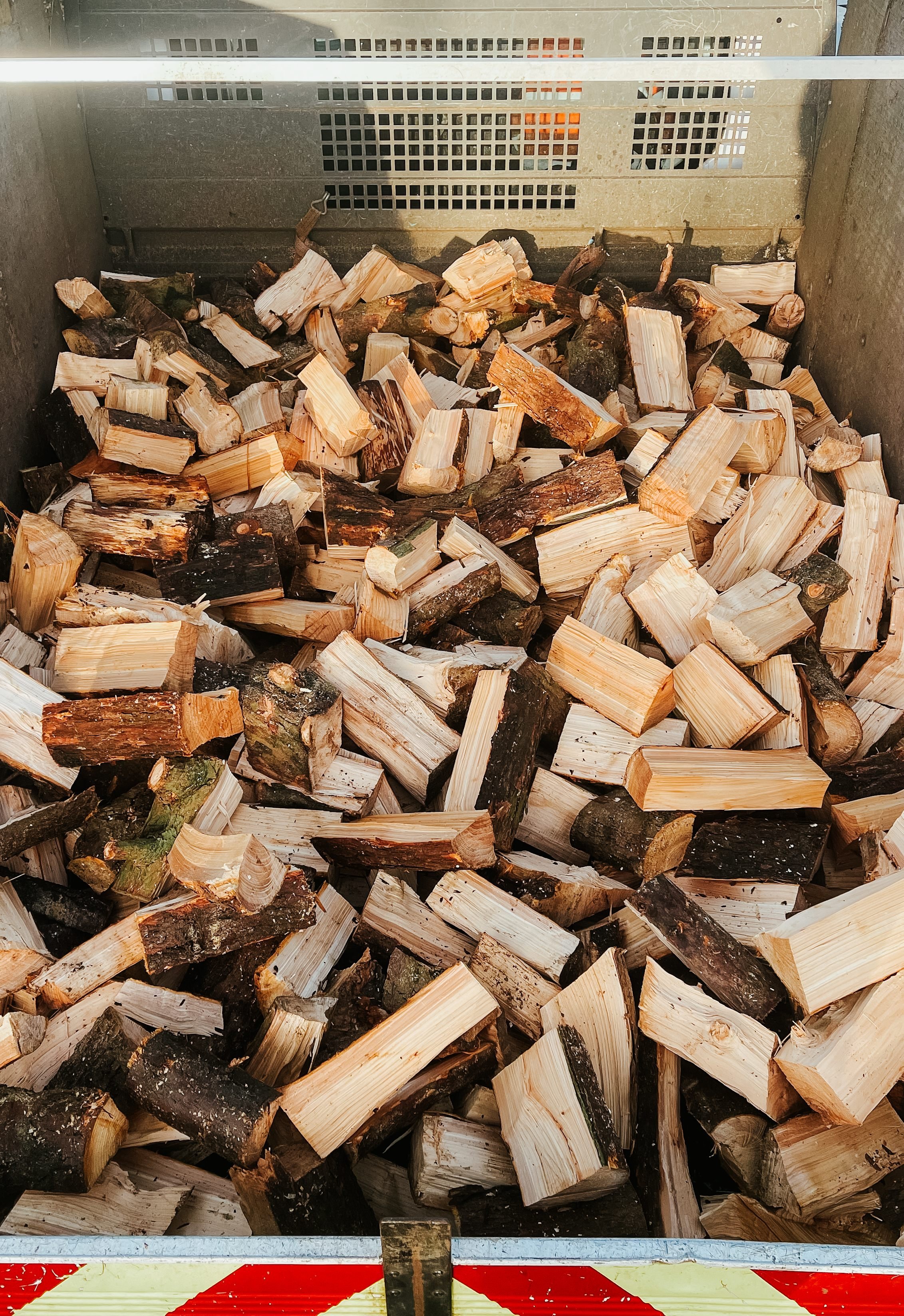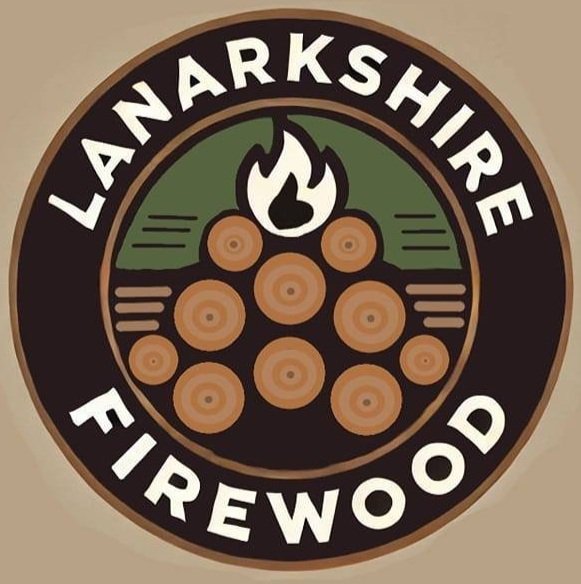 Image 1 of 1
Image 1 of 1


Bulk load of seasoned Firewood
Loose loads of mixed hard and soft wood, not fully seasoned, can serve various purposes. The combination of hardwood and softwood provides a versatile option for different burning requirements. However, it is important to note that using wood that is not fully seasoned may result in less efficient combustion.
Characteristics of Mixed Hard and Soft Wood
Hardwood: Typically denser and offers longer burn times. Common types include oak, ash, and beech. These woods produce high heat output and are ideal for maintaining warmth over extended periods.
Softwood: Generally easier to ignite and quicker to burn. Common types like pine, fir, and spruce can be great for kindling or when a quick, hot fire is required. However, they usually burn faster and may produce more smoke due to higher resin content.
Considerations for Use
Moisture Content: Wood that is not fully seasoned contains higher moisture levels, which can lead to inefficient burning. This may cause increased smoke production and reduced heat output.
Storage: Ensure that the wood is stored in a covered area to protect it from the elements. This can help reduce moisture exposure and aid in seasoning over time.
Mixing: Combining hardwood with softwood can create a balanced fire, offering both immediate heat and longer-lasting warmth. However, it's vital to monitor the burning characteristics
Loose loads of mixed hard and soft wood, not fully seasoned, can serve various purposes. The combination of hardwood and softwood provides a versatile option for different burning requirements. However, it is important to note that using wood that is not fully seasoned may result in less efficient combustion.
Characteristics of Mixed Hard and Soft Wood
Hardwood: Typically denser and offers longer burn times. Common types include oak, ash, and beech. These woods produce high heat output and are ideal for maintaining warmth over extended periods.
Softwood: Generally easier to ignite and quicker to burn. Common types like pine, fir, and spruce can be great for kindling or when a quick, hot fire is required. However, they usually burn faster and may produce more smoke due to higher resin content.
Considerations for Use
Moisture Content: Wood that is not fully seasoned contains higher moisture levels, which can lead to inefficient burning. This may cause increased smoke production and reduced heat output.
Storage: Ensure that the wood is stored in a covered area to protect it from the elements. This can help reduce moisture exposure and aid in seasoning over time.
Mixing: Combining hardwood with softwood can create a balanced fire, offering both immediate heat and longer-lasting warmth. However, it's vital to monitor the burning characteristics and adjust the mix based on your specific needs.
Recommendations
For best results, consider allowing the wood to season fully before use. Fully seasoned wood generally contains less than 20% moisture, leading to more efficient combustion and less smoke. If immediate use is required, utilise fully seasoned wood to achieve optimal performance.
Loose loads of mixed hard and soft wood, not fully seasoned, can serve various purposes. The combination of hardwood and softwood provides a versatile option for different burning requirements. However, it is important to note that using wood that is not fully seasoned may result in less efficient combustion.
Characteristics of Mixed Hard and Soft Wood
Hardwood: Typically denser and offers longer burn times. Common types include oak, ash, and beech. These woods produce high heat output and are ideal for maintaining warmth over extended periods.
Softwood: Generally easier to ignite and quicker to burn. Common types like pine, fir, and spruce can be great for kindling or when a quick, hot fire is required. However, they usually burn faster and may produce more smoke due to higher resin content.
Considerations for Use
Moisture Content: Wood that is not fully seasoned contains higher moisture levels, which can lead to inefficient burning. This may cause increased smoke production and reduced heat output.
Storage: Ensure that the wood is stored in a covered area to protect it from the elements. This can help reduce moisture exposure and aid in seasoning over time.
Mixing: Combining hardwood with softwood can create a balanced fire, offering both immediate heat and longer-lasting warmth. However, it's vital to monitor the burning characteristics
Loose loads of mixed hard and soft wood, not fully seasoned, can serve various purposes. The combination of hardwood and softwood provides a versatile option for different burning requirements. However, it is important to note that using wood that is not fully seasoned may result in less efficient combustion.
Characteristics of Mixed Hard and Soft Wood
Hardwood: Typically denser and offers longer burn times. Common types include oak, ash, and beech. These woods produce high heat output and are ideal for maintaining warmth over extended periods.
Softwood: Generally easier to ignite and quicker to burn. Common types like pine, fir, and spruce can be great for kindling or when a quick, hot fire is required. However, they usually burn faster and may produce more smoke due to higher resin content.
Considerations for Use
Moisture Content: Wood that is not fully seasoned contains higher moisture levels, which can lead to inefficient burning. This may cause increased smoke production and reduced heat output.
Storage: Ensure that the wood is stored in a covered area to protect it from the elements. This can help reduce moisture exposure and aid in seasoning over time.
Mixing: Combining hardwood with softwood can create a balanced fire, offering both immediate heat and longer-lasting warmth. However, it's vital to monitor the burning characteristics and adjust the mix based on your specific needs.
Recommendations
For best results, consider allowing the wood to season fully before use. Fully seasoned wood generally contains less than 20% moisture, leading to more efficient combustion and less smoke. If immediate use is required, utilise fully seasoned wood to achieve optimal performance.

